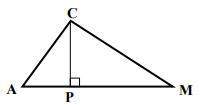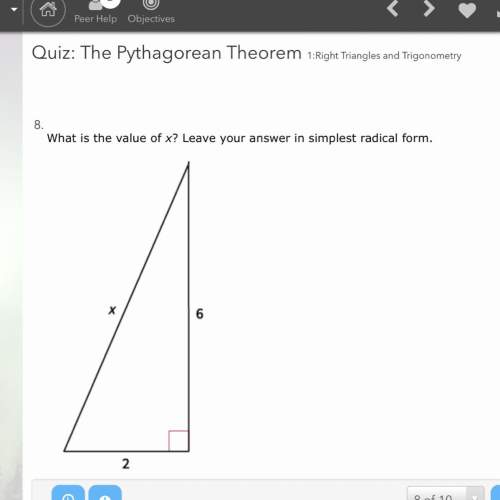
Mathematics, 15.07.2021 16:20, whitethunder05
Suppose C1 and C2 are physically the same curve, but they are
parameterized so that the starting point of C1 is the ending point of C2, and
the ending point of C1 is the starting point of C2.
Express
∫ C1m(x, y)D „ x + n(x, y)D „ y
in terms of
∫ C2m(x, y)D „ x + n(x, y)D „ y.
∫ C1m(x, y)D ‚x + n(x, y)D ‚y = -∫ C2 m(x, y)D ‚x + n(x, y)D ‚y.

Answers: 2
Other questions on the subject: Mathematics




Mathematics, 22.06.2019 00:10, iwannabewinston
Which of the following expressions cannot be simplified to x – 2?
Answers: 1
Do you know the correct answer?
Suppose C1 and C2 are physically the same curve, but they are
parameterized so that the starting po...
Questions in other subjects:


English, 16.12.2021 05:30


Mathematics, 16.12.2021 05:30

Mathematics, 16.12.2021 05:30

History, 16.12.2021 05:30

Mathematics, 16.12.2021 05:30










